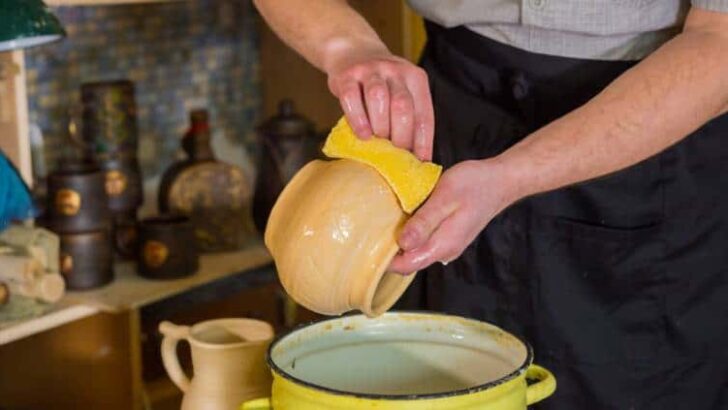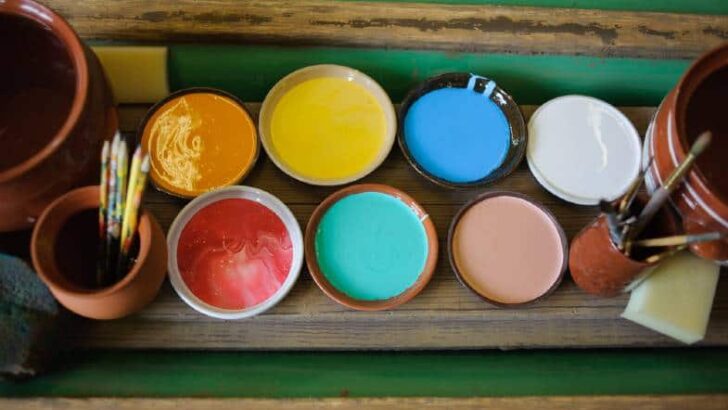Your cart is currently empty!
Lesley
-
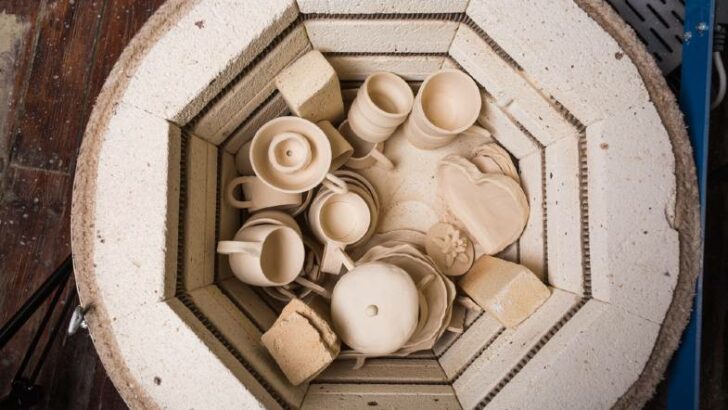
What is Fired Clay Called? – The 3 Main Terms For Fired Clay
The world of clay is full of terms that might sound a bit odd when you first encounter them. If you are new to ceramics, you might have found yourself wondering ‘what is fired clay called?’ Here is an overview of three main terms that are used to refer to clay that has been fired. …
-
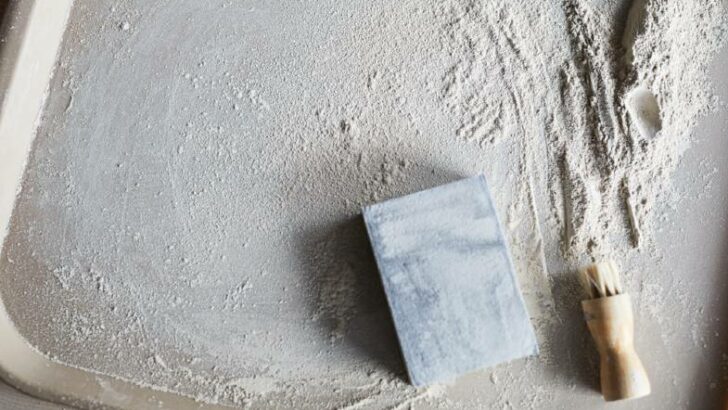
Sanding Pottery – How and When to Sand your Pots
If you are reading this article, you probably want to know how to smooth the surface of your pottery. So, you may be surprised to hear that sanding pottery is actually a source of disagreement amongst some potters. The reason for this is that when you sand pottery, you inevitably create clay dust, which contains…
-
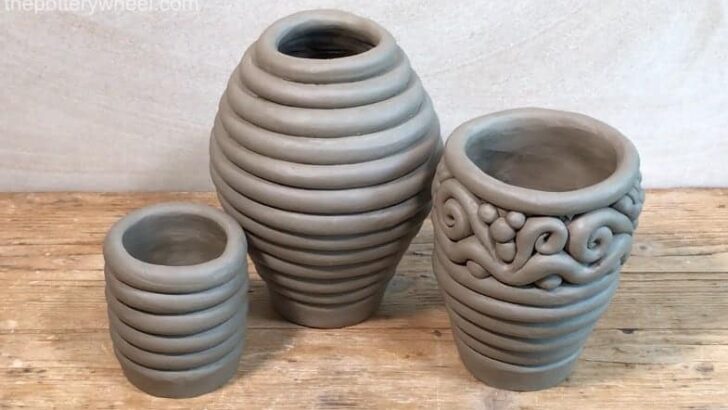
Easy Coil Pots – 3 Ways to Make Simple Coil Pots
This article is a step-by-step guide on how to make easy coil pots. The basic coil pottery technique is versatile. Once you have got the hang of coiling you use these skills to make all sorts of hand-built pottery. However simple coil pots can in themselves look great, especially if they are well made. So,…
-
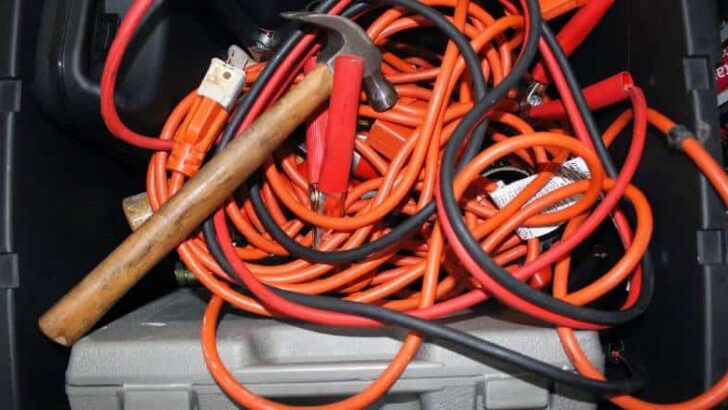
Can I Use An Extension Cord with a Kiln? – Is it Advisable?
Some kilns need to be wired directly into an electrical supply. Other kilns can be plugged in using a standard domestic plug. If you are using the latter, you may be wondering if you can use an extension cord with a kiln. This article is about the do’s and don’ts of using an extension cord…
-
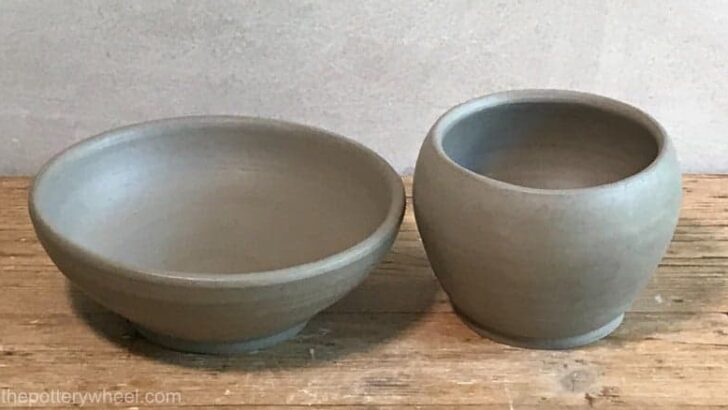
What is Leather Hard Clay? And Why is it so Useful?
Before it is fired, clay goes through three distinct stages. The first stage is when it is soft, plastic, and workable. The second stage is when it is leather hard. And the third stage is when it is bone dry. This article is all about leather hard clay. So, what is leather hard clay and…
-
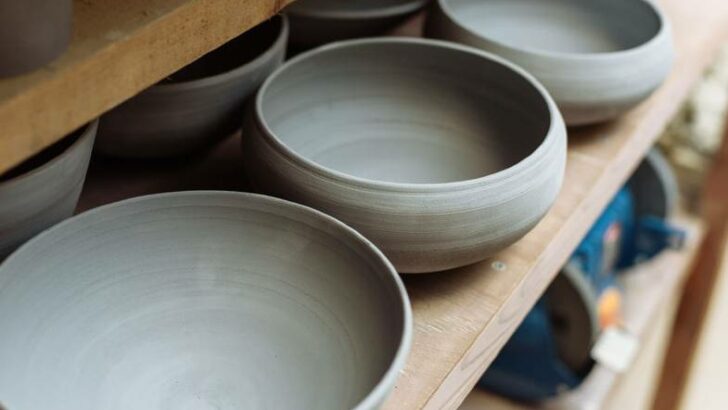
Low Fire Vs High Fire Clay – Which Clay is Right for You?
There are lots of different types of clay for pottery. One of the ways that pottery clay is categorized is the temperature it should be fired at. Low fire is best fired at low temperatures. And high fire clay is best fired in the high-temperature range. But which will suit you best? This article is…
-
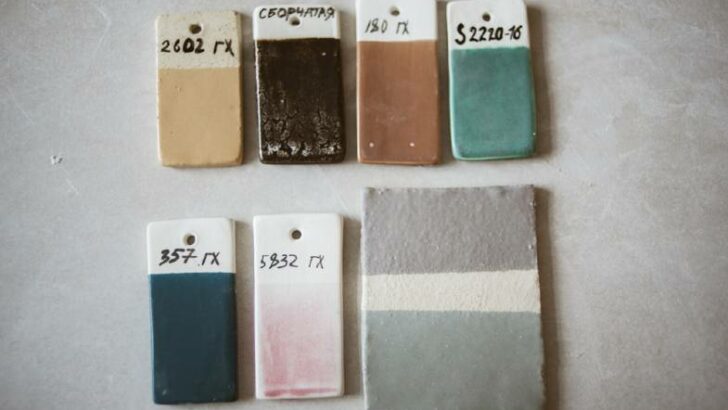
Can You Put Low Fire Glaze on High Fire Clay? Will it Work?
If you are learning about glazing, there is a lot to take on board. There is a large range of different glazes to choose from. And like clay, you can get low fire, mid fire, and high fire glazes. You may have been wondering if you can put low fire glaze on high fire clay. …
-
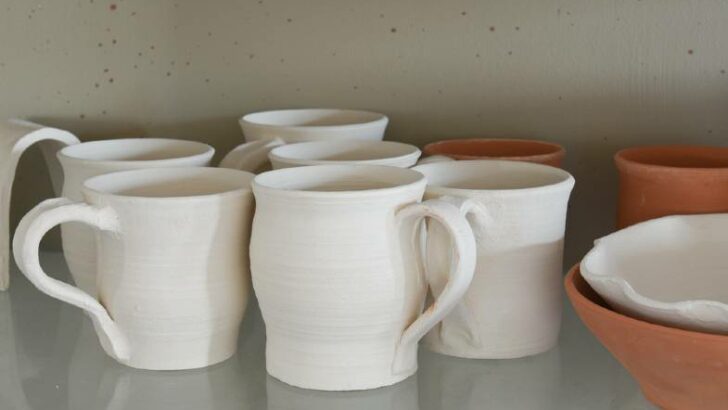
Can You Bisque Fire Twice? – Will Your Pots Survive?
Recently, I wanted to create a layering effect with underglaze, using masking tape. I was worried that the masking tape would pull off the unfired underglaze. And, I found myself wondering ‘can you bisque fire twice?’. So, I did a bit of research and this is what I found out. You can bisque fire twice…
-
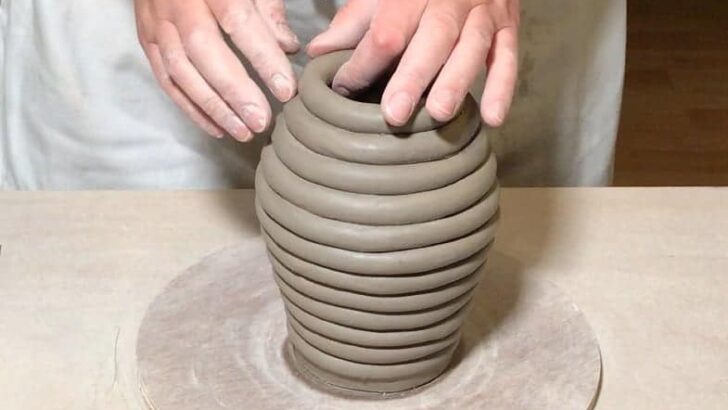
How to Make Coil Pots – 5 Great Coil Pottery Techniques
Coil pottery is a great way to hand-build pots. You can make lovely, strong pots with character and individuality using simple coiling methods. This article is a step-by-step guide on how to make coil pots. I will look at 5 different coil pottery techniques so you can experiment and decide which one you enjoy most. …
-
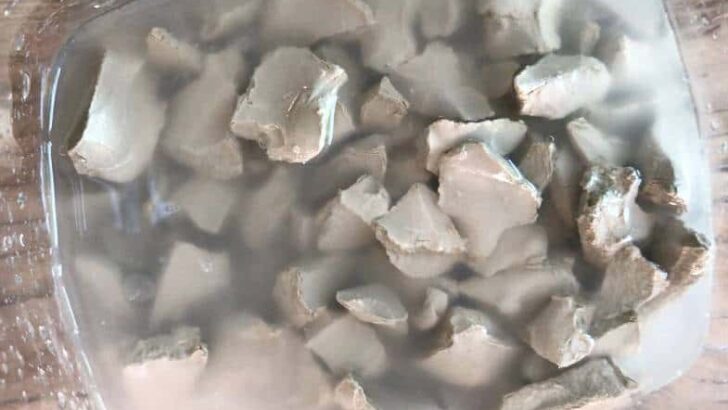
How to Make Slip for Clay – 3 Ways to Make Perfect Clay Slip
This article is all about how to make slip for clay. There are different kinds of slip, used for different purposes. And there are some variations in how to make slip for clay depending on how you want to use it. I will cover these differences and outline a step-by-step guide for making different kinds…

